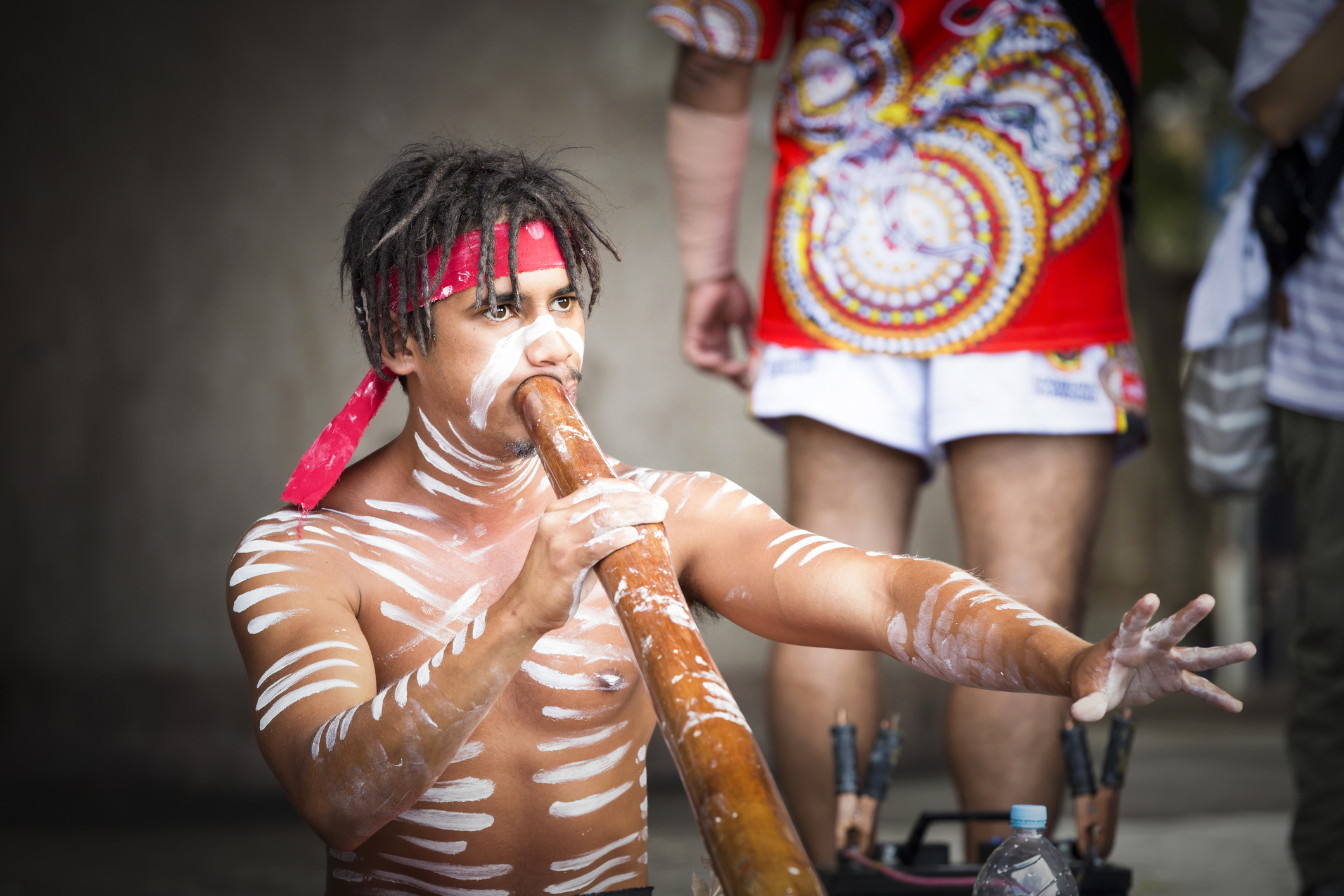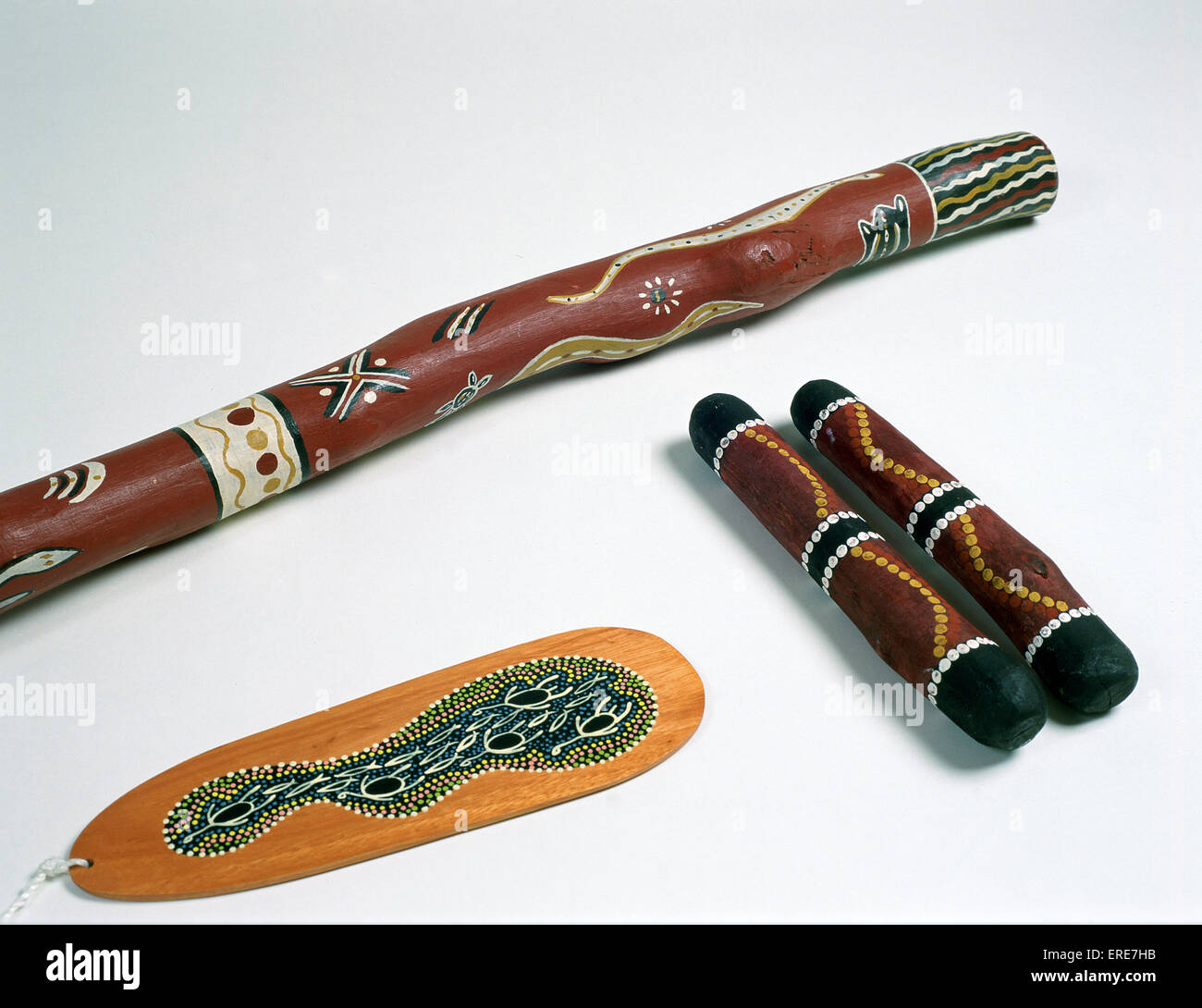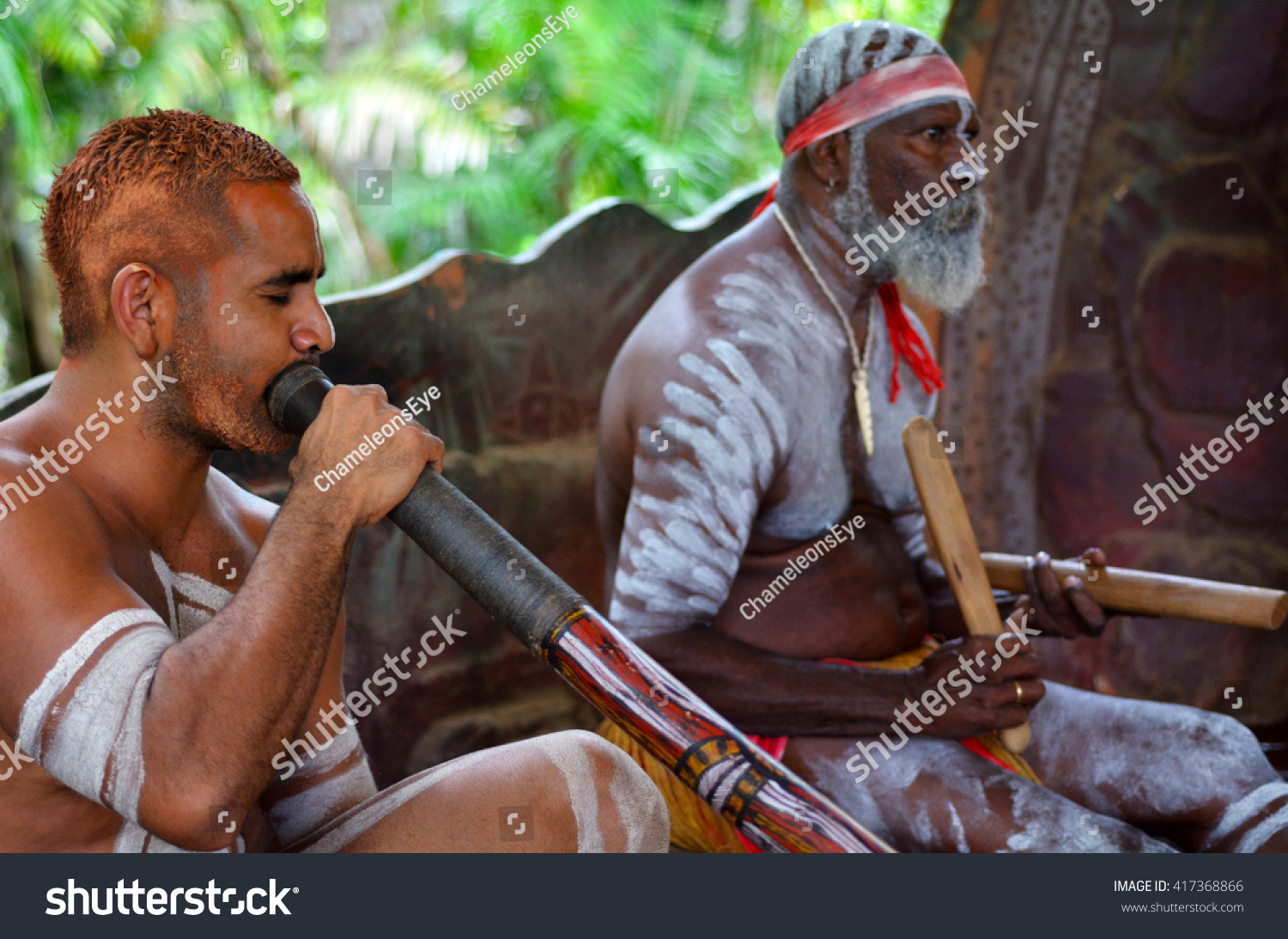The Rhythms of the Earth: Exploring the Indigenous Musical Instruments of Australia
The Rhythms of the Earth: Exploring the Indigenous Musical Instruments of Australia

Australia, a land of ancient landscapes and vibrant cultures, is home to the oldest living cultures on Earth – the Aboriginal Australians. Their deep connection to the land and its natural elements has been reflected in their traditions, art, and music for millennia. Among the many fascinating aspects of Aboriginal culture, their musical instruments stand out as a testament to their ingenuity, creativity, and profound understanding of the natural world.
These instruments, crafted from readily available materials like wood, stone, animal hide, and shells, are not just tools for creating music but also powerful symbols of cultural identity, storytelling, and spiritual connection. Their unique soundscapes, often mimicking the voices of animals, the rustling of leaves, or the crashing of waves, weave a tapestry of stories and emotions that resonate with the very essence of the Australian landscape.
Related Articles: The Rhythms of the Earth: Exploring the Indigenous Musical Instruments of Australia
- A Taste Of The Outback: Exploring Australia’s Unique Native Fruits
- From Outback To Outfield: The Rise Of Young Aboriginal Cricketers
- The Symphony Of The Land: Exploring The Communication Instruments Of Aboriginal Australia
- A Taste Of Paradise: Exploring The Vibrant World Of Australian Fruits
- Unlocking The Potential: A Comprehensive Guide To Empty Land Terraforming
A Journey Through the Sounds of the Land:
Let’s delve into the fascinating world of Aboriginal natural musical instruments, exploring their diverse forms, materials, and the stories they carry:
1. The Didgeridoo:
Perhaps the most iconic of all Aboriginal instruments, the didgeridoo is a long, hollow wooden tube, traditionally made from eucalyptus trees that have been hollowed out by termites. The instrument’s unique, droning sound is produced by blowing air into the mouthpiece and manipulating the air pressure within the tube.
Beyond its distinctive sound, the didgeridoo holds deep cultural significance:
- Ceremonial Use: It plays a vital role in traditional ceremonies, rituals, and healing practices.
- Storytelling: The didgeridoo’s rhythmic patterns can tell stories, depict landscapes, and evoke emotions.
- Connection to the Land: Its sound is often likened to the wind whistling through the trees or the call of the kookaburra, reflecting the close bond between Aboriginal people and their environment.

2. The Clapsticks:
These simple yet powerful instruments consist of two wooden sticks that are struck together to create a rhythmic beat. Clapsticks come in various shapes and sizes, with some adorned with intricate carvings or painted designs.
The rhythmic patterns created by clapsticks serve multiple purposes:

- Accompanying Dances and Songs: They provide a rhythmic foundation for traditional dances, songs, and storytelling performances.
- Communicating Messages: Different rhythms can convey specific messages or signals, used for communication across distances.
- Symbolism: The act of striking the clapsticks together represents the rhythmic pulse of life and the interconnectedness of all things.

3. The Bullroarer:
This unique instrument is a flat, wooden slat with a hole at one end, attached to a cord. When swung in a circular motion, it produces a deep, resonant roar that can be heard from a considerable distance.
The bullroarer has a rich history and diverse applications:
- Ceremonial Use: It is often used in initiation ceremonies, rain-making rituals, and to ward off evil spirits.
- Communication: The bullroarer’s distinctive sound can be used to signal the presence of men, announce important events, or warn of danger.
- Symbolism: The bullroarer represents the power of the wind, the voice of the spirits, and the connection to the ancestral realm.
4. The Kulindil:
This is a small, hand-held musical instrument made from a section of hollowed-out wood, typically eucalyptus. It is played by blowing across the open end to produce a series of high-pitched whistles and trills.
The kulindil is often used for:
- Bird Calls: The instrument’s high-pitched tones can mimic the calls of various birds, used for attracting birds or imitating their songs.
- Ceremonial Use: It is sometimes used in ceremonies to represent the spirits of birds or to communicate with the spirit world.
- Entertainment: The kulindil can be used for entertainment, creating playful melodies and sounds.
5. The Gum Leaf:
This is perhaps the simplest and most readily available musical instrument in the Aboriginal repertoire. A single eucalyptus leaf, held between the thumb and forefinger, is vibrated to produce a distinctive humming sound.
The gum leaf is a versatile instrument:
- Imitating Sounds: It can mimic the sounds of the wind, the rustling of leaves, or the buzzing of insects.
- Accompanying Songs: The gum leaf can be used to accompany songs or dances, adding a natural and organic element to the music.
- Symbolism: The gum leaf represents the connection to the land and the beauty of nature.
6. The Stone Instruments:
Aboriginal people have also incorporated stones into their musical repertoire. These instruments can include:
- Stone Percussion: Some stones, like the "kunkarra" or "galgal," are struck against each other to create rhythmic sounds.
- Stone Rattles: Hollowed-out stones can be filled with seeds or small stones to create rattles, used for accompanying dances or rituals.
- Stone Instruments: Some Aboriginal cultures have used stones as wind instruments, creating whistles or flutes by shaping the stone and drilling holes into it.
Beyond the Instruments: The Power of Sound in Aboriginal Culture:
Aboriginal musical instruments are not just tools for creating music but also powerful symbols that convey a wealth of cultural knowledge and spiritual beliefs. The sounds produced by these instruments are deeply intertwined with the natural world, reflecting the intricate relationship between Aboriginal people and their environment.
Here are some key aspects of the role of music in Aboriginal culture:
- Storytelling: Music is a powerful tool for transmitting stories, legends, and historical events across generations.
- Ceremony and Ritual: Music plays a vital role in ceremonies, rituals, and healing practices, connecting people to the spirit world and their ancestors.
- Social Cohesion: Music brings communities together, fostering a sense of belonging and shared identity.
- Expression of Emotion: Music provides a powerful means of expressing emotions, from joy and celebration to grief and sorrow.
Preserving the Legacy of Aboriginal Music:
The rich musical traditions of Aboriginal Australia are facing challenges in the modern world. The loss of language, cultural knowledge, and access to traditional materials poses a threat to the survival of these unique instruments and the music they create.
Efforts to preserve and revitalize Aboriginal music are crucial:
- Community Engagement: Engaging with Aboriginal communities and supporting their efforts to pass on their cultural heritage is essential.
- Education and Awareness: Raising awareness about Aboriginal music and its cultural significance among the wider community is vital.
- Documentation and Research: Documenting and researching Aboriginal musical traditions helps preserve their legacy for future generations.
FAQ about Aboriginal Natural Musical Instruments:
1. What are the most common materials used in making Aboriginal musical instruments?
- Wood (especially eucalyptus)
- Stone
- Animal hide
- Shells
- Bone
2. What are some of the main purposes of Aboriginal musical instruments?
- Ceremonial use
- Storytelling
- Communication
- Healing
- Entertainment
3. How are Aboriginal musical instruments played?
- Blowing air into the instrument (didgeridoo, kulindil)
- Striking two objects together (clapsticks)
- Swinging the instrument (bullroarer)
- Vibrating a leaf (gum leaf)
4. What are some examples of Aboriginal musical instruments that are used in ceremonies?
- Didgeridoo
- Bullroarer
- Clapsticks
- Kulindil
- Stone rattles
5. How can I learn more about Aboriginal musical instruments?
- Visit Aboriginal art centers and museums.
- Attend Aboriginal cultural performances.
- Read books and articles about Aboriginal music.
- Connect with Aboriginal communities and learn from their knowledge.
6. How can I support the preservation of Aboriginal music?
- Attend Aboriginal music performances and events.
- Purchase music and instruments from Aboriginal artists.
- Donate to organizations that support Aboriginal cultural preservation.
- Educate yourself and others about the importance of Aboriginal music.
The sounds of Aboriginal musical instruments are a testament to the ingenuity, creativity, and deep connection to the land that has defined Aboriginal culture for millennia. As we listen to these instruments, we are not just hearing music, but we are also experiencing a rich tapestry of stories, beliefs, and emotions that have been passed down through generations. By understanding and appreciating these instruments, we can help preserve the cultural heritage of Aboriginal Australia for future generations.

Closure
Thus, we hope this article has provided valuable insights into The Rhythms of the Earth: Exploring the Indigenous Musical Instruments of Australia. We hope you find this article informative and beneficial. See you in our next article!


